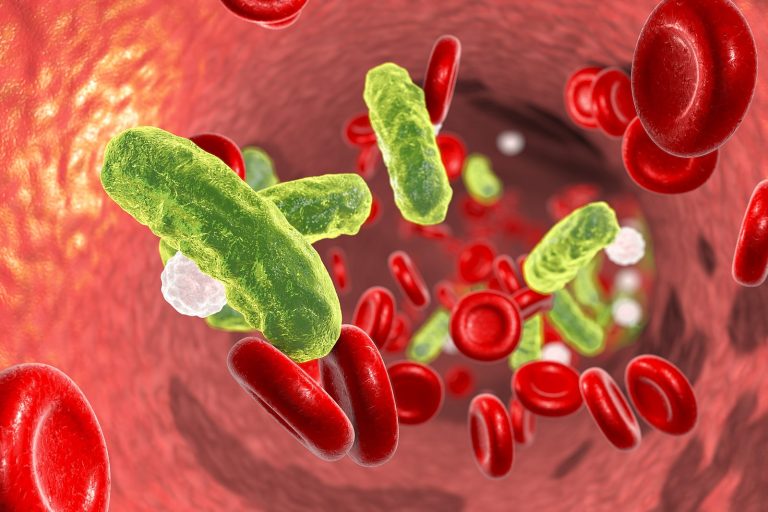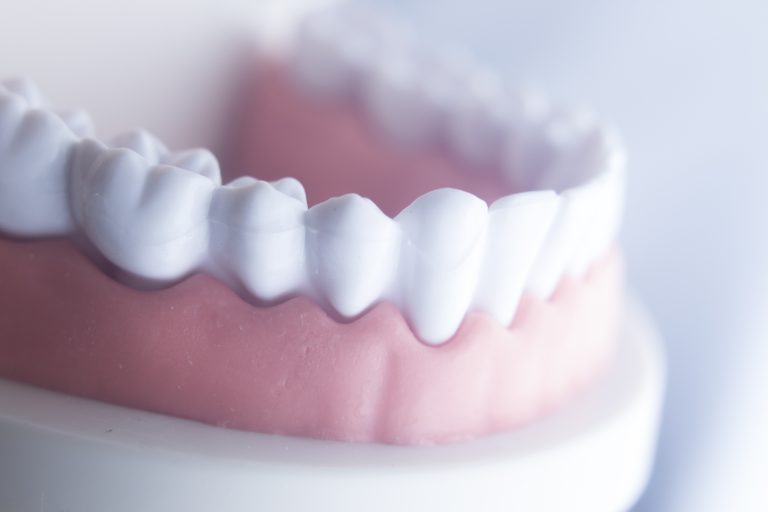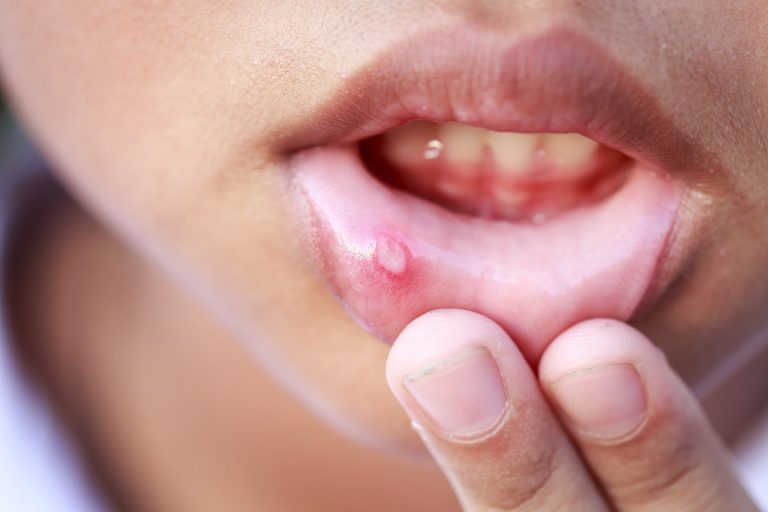Anyone who has had dental abscesses knows they can be extremely painful, which is why it is important to get them treated as soon as possible. One of the best remedies is taking the antibiotic amoxicillin. To find out how it works and when you should take it, carry on reading.
What is a dental abscess?
A dental abscess develops when there is a bacterial infection either in or around a tooth. This causes a collection of pus that builds and becomes incredibly uncomfortable and painful.
There are two types of dental abscesses: pericapical abscess, which forms in the tooth’s pulps and is often due to tooth decay, and periodontal abscess, which occurs in the gums from gum disease.
Patients will know they have a dental abscess, as they will experience very uncomfortable symptoms. These include severe tooth pain, tender or swollen gums, difficulty opening their mouth and swallowing, facial swelling, and a bad taste in the mouth.
It is essential to seek dental treatment if you suspect you have a dental abscess, as the bacterial infection will not clear up on its own.
If you experience trouble breathing or swallowing, it is important to go to A&E, as this could be a sign that the infection has spread.
What can treat a dental abscess?
The best way to treat a dental abscess is with antibiotics, as this kills the bacteria and stops the infection from spreading to surrounding teeth, the jaw, and other areas of the face.
The best antibiotic to take depends on what bacteria is causing the infection. However, the most commonly prescribed antibiotic for dental abscesses is amoxicillin.
This is because amoxicillin is from the penicillin family of antibiotics, which means it can kill a wide range of bacteria, and as long as the full course is taken, it has a high success rate.
Patients should feel the effect of the amoxicillin within the first day or two, as it starts to work immediately. However, it is important to carry on taking it until the course has finished, which is usually a week, as the infection could continue to spread even if the patient is feeling better.
How to get amoxicillin?
The good news is that people suffering from the pain of a dental abscess do not need to wait a long time for an appointment at their dentist to get treated.
Instead, they can order dental antibiotics online with a private pharmacy following a consultation process. The dentist can then prescribe the antibiotics for the infection, saving patients several days of pain and difficulty eating.
Most people can take amoxicillin, with the exceptions being those who have had an allergic reaction to penicillin before, have liver or kidney problems, are due to have blood or urine tests, have had any vaccinations recently, or have glandular fever. Children, the elderly and pregnant women, however, are safe to have it.
Simply take it with a glass of water and take it before or after food. It can be taken as a tablet or liquid, and it needs to be consumed evenly throughout the day.
What else can help treat a dental abscess?
While amoxicillin is very effective at killing the bacteria, it is important that patients take an active role in their treatment to speed up the process and help to manage the infection.
Over-the-counter medicines, such as pain relievers, will help to reduce discomfort; using a soft-bristle toothbrush will be more gentle on the abscess; chewing on the opposite side of the mouth will make eating easier; and using a cold compress on the painful area will reduce swelling.
You could even try the natural remedy of rinsing the mouth with saltwater to disinfect the area.
If these, along with the antibiotic treatment, do not work, you might need a dental procedure, such as a root canal, drain the abscess, or even tooth extraction.
Some patients might even need to take another medicine alongside the amoxicillin, so it is important to keep an eye on the abscess and pay attention to your symptoms to see whether the infection is improving or not.
It is also worth noting there are side effects to taking antibiotics, so it is essential to consider these beforehand. These include yeast infections, dizziness, nausea, and diarrhoea. Some people might even develop allergic reactions to the medication, ranging from blisters to trouble breathing.
If you suspect you have a dental abscess, start your online consultation with one of our dentists today, so you can begin treatment as soon as possible.







